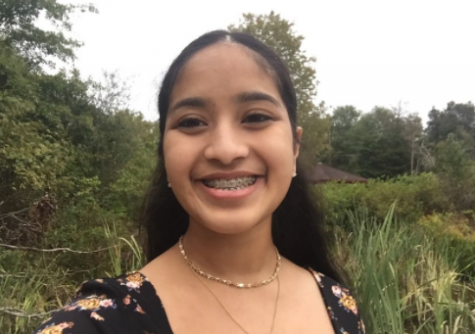American Sign Language should be taught in schools
For more information see the articles on ASL on Newsweek and Wikipedia.
January 12, 2021
Hearing people often overlook the huge advantage they have in society over deaf people, however, the pandemic has exacerbated this disparity. People who are hard of hearing tend to rely on lip reading to communicate with the majority of hearing people who are unfamiliar with American Sign Language (ASL), but the new norm of wearing masks means that deaf people are limited to using only hand motions to communicate.
According to a study done by Gallaudet University, ASL is one of the most commonly used languages in America, yet it is not emphasized in schools as much as Spanish or French. Implementing ASL learning options in schools would help facilitate communication and make learning more accessible for all students, especially for young children who are hearing impaired.
“ASL should be taught in schools, because it’s really versatile and makes it a lot easier for special needs kids to learn to communicate,” senior Kevin Lett said. “A lot of them already know ASL, so if it was widely [used], they would feel more natural and it could help them [succeed].”
Making ASL a widely available option to learn in schools would also help reduce the employment gap that exists between deaf people and hearing people. According to the U.S. Department of Education, disabled employees generally have a higher average rate of attendance, flexibility, performance, quality and quantity of work. Nevertheless, there is an employment gap of 22.5% between a job candidate with a hearing disability and a hearing candidate, according to the National Deaf Center. By making our workforce more diverse and inclusive we are ensuring America does not lose the talent hearing impaired people have to offer.
“ASL is not seen as something necessary for the professional world, but I completely disagree,” junior Sarah Davis Espinoza said. “If we taught ASL everywhere, then it would definitely help with including more deaf people in the workplace.”
Teaching ASL in schools would not only help to lessen the academic barrier that exists between people who can hear and people who are hearing impaired, but also reduce the stigma that surrounds those who are hearing impaired.
“[There’s a] language barrier for deaf people when there’s only spoken languages being [used],” Espinoza said. “It’s important to learn about other people’s cultures and how to communicate with [people] that aren’t like you.”



